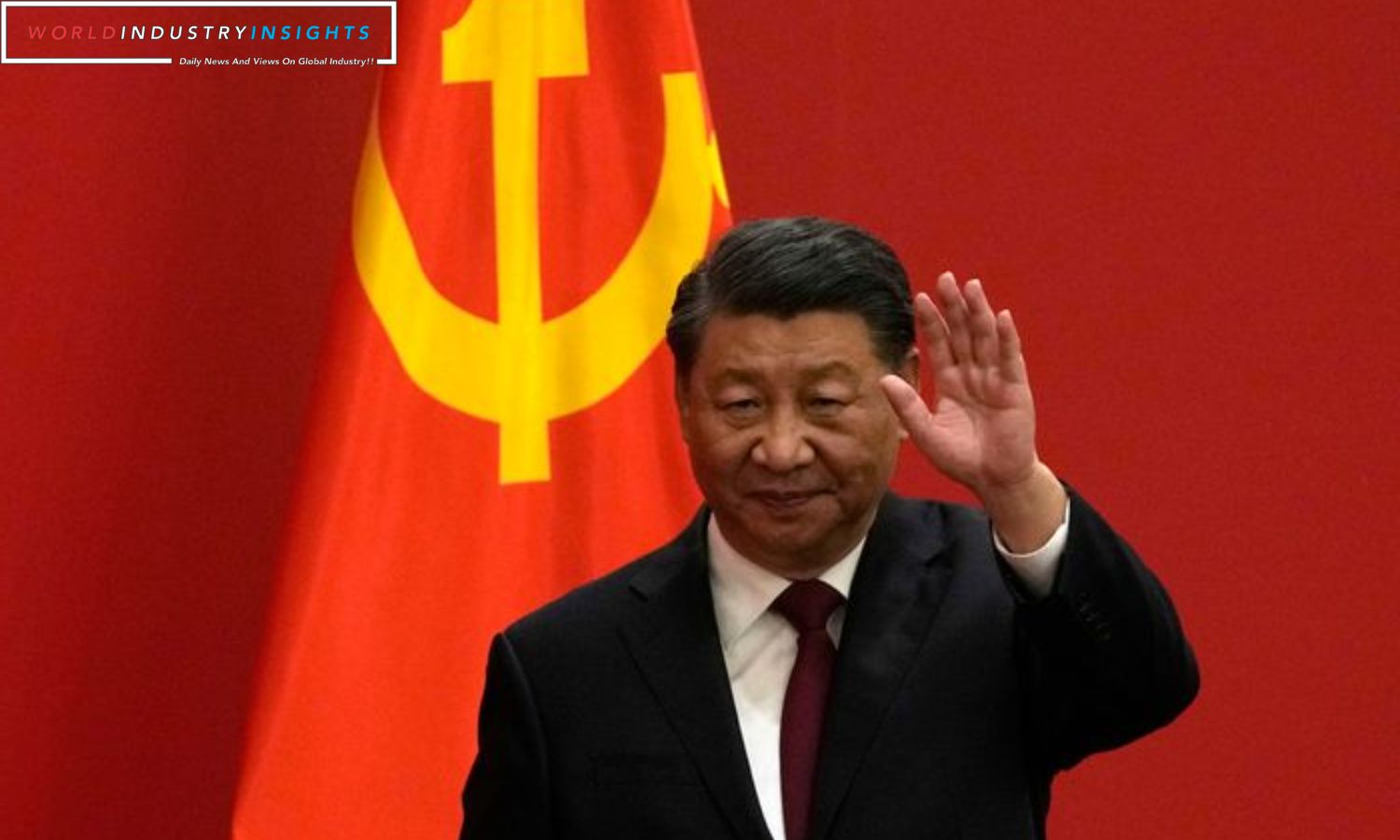China Tech Independence Drive: China is intensifying its efforts to replace Western-made technology with domestic alternatives as the U.S. imposes stricter controls on high-tech exports. Government tenders, research documents, and insiders reveal an acceleration in China’s quest for self-reliance in tech.
They have invested significantly in replacing computer equipment and are eyeing the telecom and financial sectors for further substitution. State-backed researchers have highlighted vulnerabilities in digital payments, prompting a move towards indigenizing such technology.
Over the past year, tenders from state-owned enterprises (SOEs), government, and military entities have surged, with an increased focus on nationalizing equipment. The value of awarded projects has tripled, reflecting China’s commitment to reducing its reliance on foreign hardware and software. However, China’s advanced chip manufacturing capabilities remain a limitation, leading to a reliance on some foreign components.
China’s “year of efficiency” turnaround strategy aims to make the nation more self-sufficient in critical technologies. Key sectors include computer equipment, telecom, and finance, which are the primary targets for domestic substitution. The United States has imposed stricter controls on high-tech exports to China, which has further accelerated Beijing’s drive to reduce its dependence on Western technology. China is investing heavily in replacing computer equipment and has signaled that the telecom and financial sectors are next on the list.
The number of tenders for nationalizing equipment has doubled, with state-owned enterprises (SOEs), government, and military bodies leading the charge. While the finance ministry’s database captures only a fraction of nationwide tender bids, it provides a snapshot of China’s growing self-reliance efforts. The value of awarded projects in the database has more than tripled compared to the previous year.
China’s push for tech self-reliance stems from concerns about being overly dependent on Western-made technology, which is vulnerable to potential hacking and supply disruptions. State-backed researchers have emphasized the need to strengthen cybersecurity in key sectors such as digital payments and financial infrastructure. While China seeks to reduce its reliance on Western technology, it continues to face challenges, especially in advanced chip manufacturing.
Also Read: Curtailing China Tech Ascent: US Regulatory Power Flexes Over Critical Equipment
Efforts to replace Western technology with domestic alternatives are not new, but they have gained momentum recently. In 2022, China spent approximately $191 billion on replacing foreign hardware and software, marking a significant year-on-year increase. However, complete substitution remains a challenge due to limitations in advanced chip manufacturing.
China’s tech self-sufficiency ambitions are evident across sectors. By 2027, state-owned enterprises (SOEs) must replace office software systems with indigenous ones to lessen reliance on foreign technology.
China wants tech self-reliance because Western equipment is vulnerable to hacking and supply chain disruptions. State-linked researchers have advocated for cybersecurity in digital payments and financial infrastructure. The nation is indigenizing hardware, software, and other essential components.
China’s desire to minimize its dependence on Western technology persists despite obstacles. The country seeks critical technology self-sufficiency as part of a larger effort to improve its technological capabilities and reduce foreign dependency.
China’s efforts to become more self-reliant in critical technologies are driven by concerns about national security and the need to reduce dependence on Western-made technology. While complete substitution remains a challenge, China’s commitment to achieving tech self-sufficiency is evident in various sectors. The nation is actively working on replacing foreign hardware and software with domestic alternatives, with a particular focus on key areas such as computer equipment, telecom, and finance.
In recent years, state-owned enterprises (SOEs) have been directed to transition to domestic office software systems by 2027. This represents a significant step toward reducing reliance on foreign technology. China’s efforts to indigenize technology are further motivated by concerns about vulnerabilities in digital payments and the security of financial infrastructure.
While the road to tech self-sufficiency is not without obstacles, China’s determination to achieve this goal is unwavering. The nation’s pursuit of self-reliance in critical technologies is part of a broader strategy to enhance its technological capabilities, bolster national security, and reduce its exposure to foreign dependencies.


